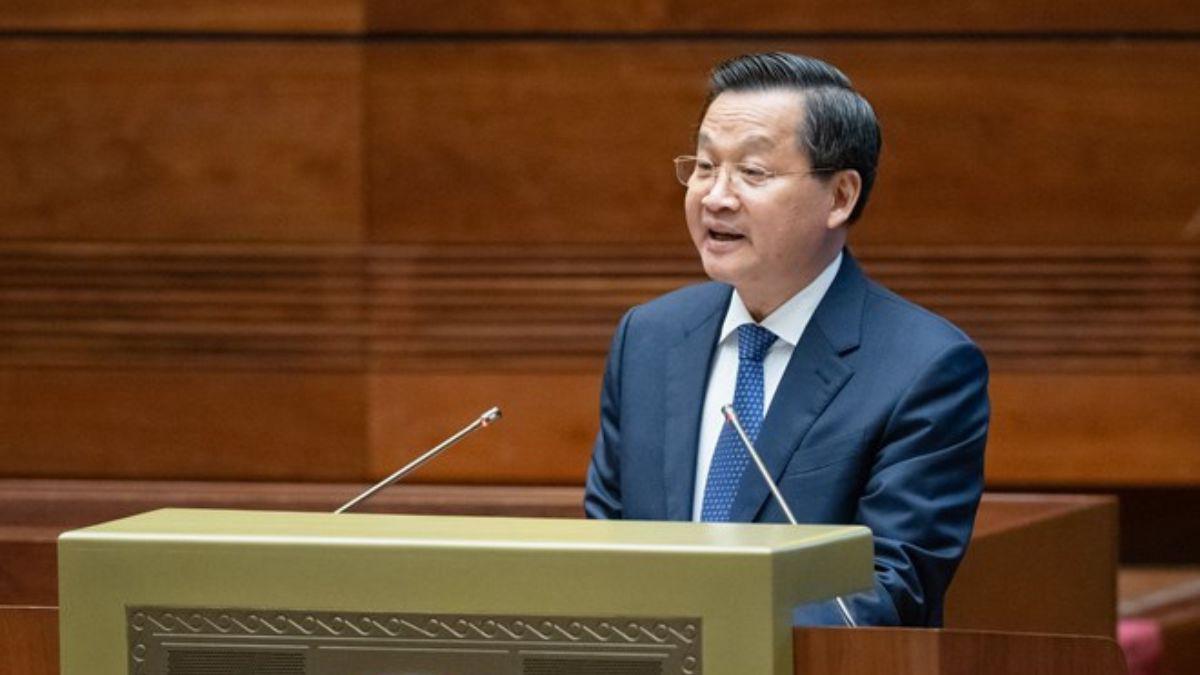 Image Credits: SOCIALIST REPUBLIC OF VIETNAM
Image Credits: SOCIALIST REPUBLIC OF VIETNAM
At the opening ceremony of the 21st China-ASEAN Expo (CAEXPO) and the China-ASEAN Business and Investment Summit (CABIS) in Nanning City, Guangxi Zhuang Autonomous Region, on September 24, Deputy Prime Minister Hồ Đức Phớc emphasized four key priorities for enhancing China-ASEAN cooperation aimed at achieving stable, sustainable, and long-term growth.
Phớc affirmed Việt Nam’s active role as a responsible member of ASEAN and a comprehensive strategic cooperative partner of China. He noted that Việt Nam, in collaboration with other ASEAN countries, has worked closely with China to promote new growth drivers and make significant contributions to the ASEAN-China comprehensive strategic partnership.
The Deputy Prime Minister described CAEXPO and CABIS as pivotal platforms that not only generate opportunities for enterprises but also foster friendship and mutual understanding between ASEAN and Chinese people. He highlighted the event’s affirmation of China’s vital role in the global economy, showcasing the confidence that enterprises from various countries place in the vast potential of the Chinese market.
Appreciating this year’s theme, which focuses on advancing Version 3.0 of the ASEAN-China Free Trade Area (ACFTA) and promoting quality growth, Phớc characterized this direction as essential for regional economies in the current context. He underscored its significance in fostering peace, stability, and prosperous development in both the region and the world.
Phớc outlined four strategic priorities for bilateral cooperation:
1. Balanced and Sustainable Trade Development: He urged countries to open markets further, facilitate trade and investment flows, and fulfill free trade commitments such as the Regional Comprehensive Economic Partnership (RCEP) and ACFTA. Upgrading ACFTA to Version 3.0 and leveraging digital technology for customs processes were also highlighted.
2. Connection of Development Strategies: Promoting regional economic corridors and enhancing inter-regional transport routes is crucial for expanding the reach of ASEAN and Chinese goods. Việt Nam is actively developing road and rail links with China, Laos, and Cambodia to strengthen this network.
3. High-Quality Investment: Phớc called for increased investments in new sectors aligned with the Fourth Industrial Revolution, such as the digital economy and clean energy, as well as the development of high-quality human resources to support these initiatives.
4. People-to-People Exchanges: Enhancing cultural and tourism collaboration is essential. The Deputy PM emphasized the need to facilitate exchanges among youth and businesses to foster understanding, alongside revitalizing tourism.
Following the opening, Phớc participated in the launch of the Vietnamese pavilion and toured booths showcasing products from nearly 120 Vietnamese companies at the expo, which covers nearly 200,000 square meters and attracts approximately 3,000 enterprises.
